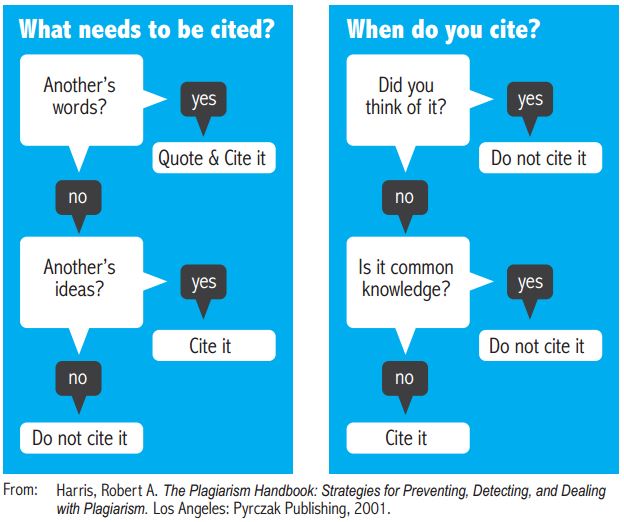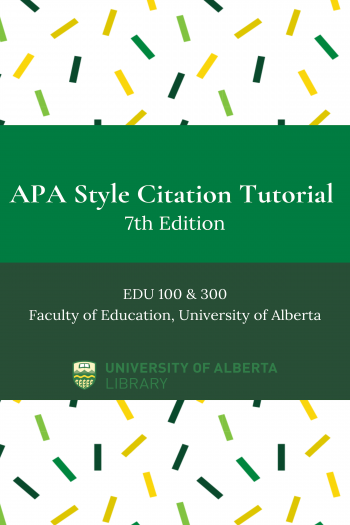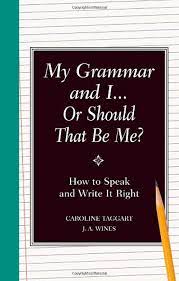Research Resources

Citation is a critical part of academic writing. By properly formatting and documenting you are:
Giving proper credit to the author's sources you have used
Making it easier to find those sources if readers want more information
Helping prevent plagiarism from occurring in your papers by being consistent and having good writing habits.
Citation Generators can be useful tools when creating citations. They allow you to fill in the information of the source you are citing from and create the citation for you. It is important to use these generators responsibly. Always double-check the final citation and ensure all proper styles are followed. Inaccuracies have been known to occur, but they are a great way to get started.
MLA
RESOURCES
MLA Style Website - This is the home website of the Modern Language Association (MLA) writing and citation style.
MLA Overview (OWL) - These OWL resources will help you learn how to use the MLA citation and format style including a MLA sample paper and slide presentations.
MLA In-Text Citations (OWL) - These OWL resources provide the basics for in-text citations in MLA format.
MLA Works Cited (OWL) - These OWL resources provide the basics for creating a Works Cited page in MLA format.
Citation Generator (MLA) - Use this resource to help you create formatted MLA citations from your resources for your Works Cited page
APA
RESOURCES
Excelsior Online Writing Lab APA Guide - Online guide that includes example formatted bibliographies and research papers.
APA Style Website - This is the home website of the American Psychological Association writing and citation style.
APA Style Blog - Look here for answers to tricky questions like how to cite obscure source types and for explanations of APA rules. This is a good place to go if you have consulted the APA manual and still have questions.
Reference Guide for Journal Articles, Books, and Edited Book Chapters - A quick visual guide to the basic references
Journal Article Reference Checklist (APA Style) - Use this interactive PDF checklist to make sure you have checked all the details on your APA reference list.
In-Text Citation Checklist (APA Style) - Use this interactive PDF checklist to make sure you have checked all the details on your APA in-text citations.
Student Paper Checklist (APA Style) - Use this interactive PDF checklist to make sure you have checked all the details on your APA-style student paper.
APA 7th ed Sample Paper (OWL) - Acces a sample of an APA 7th edition paper to get you started with formatting.
Citation Generator (APA) - Use this resource to help you create formatted APA citations from your resources for your Reference page
OPEN TEXTBOOKS (OER)

APA (7th ed.) Style Citation Tutorial by Sarah Adams and Debbie Feisst, University of Alberta
Location: OER
The APA Style Citation Tutorial is created by staff at the University of Alberta Library to support students and faculty. The tutorial covers why it is important to use citations, elements of common source types, and how to create reference and in-text citations based on the 7th edition APA guidelines. This tutorial can also be used a reference resource.

Academic Writer Tutorial: Basics of seventh edition APA Style
This tutorial has been adapted from the tutorial featured in Academic Writer, APA's tool for teaching and learning effective writing. This tool is supported by the American Psychological Association. (The source of all things APA)
Library Print Resources
How to Do Great Online Research by Kezia Endsley
Location: NF 200 Fine Arts; Call Number: 250 WRI
Teaches how to find information on the Internet and to distinguish between reputable and disreputable sites.

A Community of Writers: A Workshop Course in Writing by Peter Elbow
Location: NF 200 Fine Arts; Call Number: 250 WRI
This book will give examples of the principle that we all learn writing best by writing: writing a great deal, in various modes, to various audiences, and with lots of feedback from diverse readers.

Writer to Writer: From Think to Ink by Gail Levine
Location: NF 200 Fine Arts; Call Number: 250 WRI
In this lively nonfiction book for young readers, bestselling author Gail Carson Levine shares her secrets of great writing.

How to Say It: Choice Words, Phrases, Sentences, and Paragraphs for Every Situation by Rosalie Maggio
Location: NF 200 Fine Arts; Call Number: 250 WRI
Provides clear and practical guidance with lists of words, phrases, sentences, and paragraphs that help writers know what to say and how to say it--in any situation.

My Grammar and I Or Should That Be Me?: How to Speak and Write It Right by Caroline Taggert and J.A. Wines
Location: NF 200 Fine Arts; Call Number: 250 WRI
Provides guidance on English grammar rules for speaking and writing, and covers spelling, capitalization, parts of speech, sentence structures, punctuation, and style.

